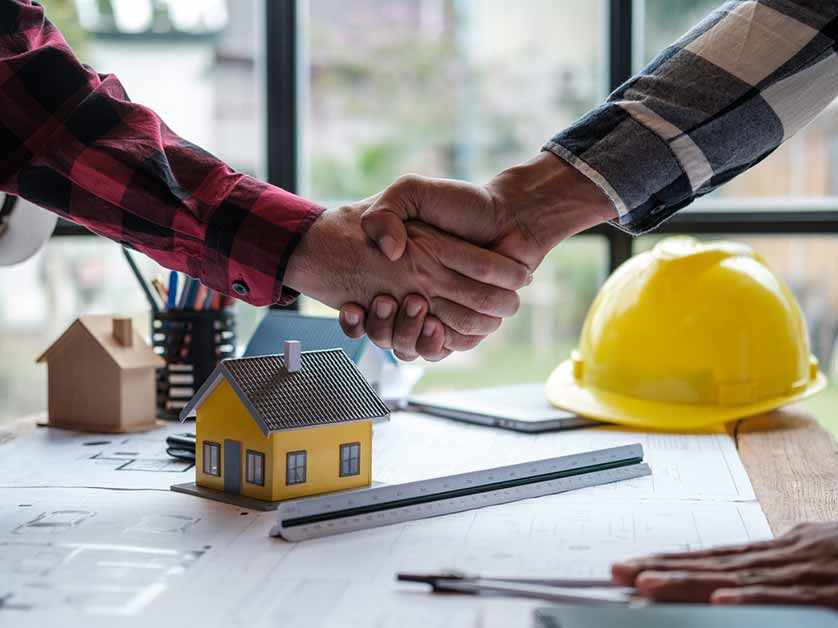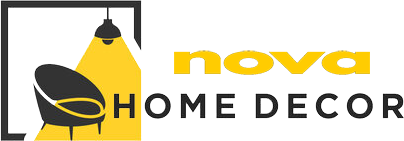
Home improvement is an ever-evolving industry, influenced by both consumer demand and the advancements in technology, sustainability, and design. What was considered cutting-edge just a few years ago may now be standard practice, while new trends and methods are constantly reshaping the way contractors approach home renovations and upgrades. Whether you are renovating an entire home or just updating a single room, understanding the latest trends in the contracting world can empower you to make informed decisions that transform your living space.
As more homeowners seek high-quality, cost-effective, and sustainable solutions, contractors are adapting to meet these needs with innovative strategies. The modern contractor no longer simply handles the technical aspects of construction or remodeling; they are now integral partners in the creation of functional, aesthetically pleasing, and eco-friendly homes. In this article, we will explore the most impactful trends in the contractor space that are transforming the home improvement industry and setting the stage for the future of residential renovations.
1. Smart Home Integration and Technology
With the rise of smart technology, one of the most transformative trends in home improvement is the integration of smart home devices and systems. Contractors today are not only building homes but are increasingly tasked with creating spaces that can interact with technology, enhancing convenience, safety, and energy efficiency. From voice-controlled lighting to automated thermostats and security systems, homeowners are seeking ways to integrate smart devices seamlessly into their home environments.
Contractors are working closely with tech experts to install these systems during the renovation process, ensuring that everything is integrated seamlessly and functions properly. Many contractors are now offering packages that include the installation of smart home hubs, lighting controls, security cameras, and climate systems, all accessible through a central app or voice assistant like Alexa or Google Home.
One area where smart home integration is particularly impactful is in energy efficiency. Homeowners are increasingly prioritizing energy-saving solutions, such as smart thermostats that learn your preferences or solar panels that power the home. Contractors who specialize in these systems are helping to reduce the overall environmental impact of home renovations while also providing homeowners with long-term cost savings.
2. Sustainability and Green Building Practices
Sustainability has moved from a niche interest to a mainstream necessity in home construction and renovation. Homeowners are more conscious than ever about the environmental impact of their homes, and contractors are responding with green building practices that reduce waste, conserve energy, and use eco-friendly materials.
The trend towards sustainable home improvements includes the installation of energy-efficient appliances, low-VOC (volatile organic compound) paints, and flooring made from recycled or renewable materials like bamboo or cork. Contractors are increasingly using environmentally friendly insulation materials like cellulose, which is made from recycled paper products, or spray foam insulation that improves energy efficiency and reduces heating and cooling costs.
In addition to materials, sustainable construction practices also involve reducing waste on the job site. Contractors are using more precise measurements, recycling construction debris, and sourcing materials locally to reduce the carbon footprint of their projects. Green roofs, rainwater harvesting systems, and passive solar design are also becoming common features in home renovations, all of which contribute to lowering a home’s ecological impact.
3. Modular and Prefabricated Construction
As demand for faster, more cost-effective home improvements increases, contractors are turning to modular and prefabricated construction methods. These techniques involve constructing sections of a building off-site in a factory setting, which are then transported and assembled on location. This method offers a range of benefits, including reduced labor costs, quicker project timelines, and less disruption to the homeowner.
One key advantage of modular and prefabricated construction is that it allows for a higher level of precision and quality control. Factory-based construction is not subject to the weather delays and on-site challenges that often complicate traditional building methods. Moreover, these homes or home additions are often customizable, allowing homeowners to achieve the look and feel they desire without the lengthy construction time associated with traditional building projects.
This trend is especially popular for home extensions, accessory dwelling units (ADUs), and even entire homes. Homeowners looking for a modern, stylish, and cost-effective way to expand their living space are increasingly turning to modular homes and prefabricated designs that offer both flexibility and affordability.
4. Open-Concept Design and Flexible Layouts
While open-concept homes have been trending for several years, the demand for flexible and multifunctional spaces is now at an all-time high. Contractors are seeing a shift toward homes that prioritize open layouts, but with an emphasis on adaptability to suit the needs of different family members or evolving lifestyles.
Homeowners are requesting spaces that can serve multiple purposes, such as kitchens that seamlessly flow into living rooms, or home offices that can double as guest bedrooms or media rooms. This shift is partly due to the increased demand for home office spaces, driven by the rise of remote work. Contractors are responding by creating flexible designs that allow for easy transitions between functions.
For instance, contractors are installing retractable walls, sliding doors, and movable partitions that enable homeowners to customize spaces as needed. Whether it’s creating a private office nook or setting up an open play area for children, contractors are helping homeowners make the most of every square foot while maintaining a modern, open aesthetic.
5. Customization and Personalization
Another trend reshaping home improvement is the increasing demand for customization and personalization. Homeowners are no longer content with cookie-cutter designs or mass-produced furnishings; they are seeking ways to create truly unique living spaces that reflect their personal style and needs. Contractors are working with clients to design custom-built furniture, cabinetry, and architectural elements that match specific tastes and lifestyles.
Customization extends to both the interior and exterior of the home. Homeowners are requesting bespoke kitchen islands, built-in shelving, and personalized bathroom vanities, all designed to maximize space and enhance functionality. Contractors are also incorporating unique materials and finishes, such as reclaimed wood, custom metalwork, or artisanal tiles, which give each home a one-of-a-kind look.
By focusing on personalization, contractors are helping homeowners create spaces that not only reflect their aesthetics but also support their daily routines. Whether it’s a home gym, a wine cellar, or a walk-in closet designed to a specific taste, customization is a way to truly make a home feel like a personalized sanctuary.
6. Minimalist Design and Decluttering
Another major trend in the contracting world is the growing popularity of minimalist design. As homeowners continue to embrace simpler, more streamlined lifestyles, contractors are designing spaces that focus on clean lines, decluttered surfaces, and functional layouts. The minimalist approach emphasizes quality over quantity, with an emphasis on reducing visual distractions and maximizing the beauty of the space itself.
For contractors, this means working with clients to eliminate unnecessary items, create sleek storage solutions, and focus on high-quality materials and finishes that enhance the space. By incorporating elements like floating shelves, built-in cabinetry, and clever storage systems, contractors are helping homeowners achieve a sense of order and tranquility in their homes.
Minimalist design is not just about aesthetics; it also speaks to the desire for a more sustainable and mindful lifestyle. Homeowners are increasingly moving away from excess consumerism and opting for homes that encourage simplicity, functionality, and balance.
7. Increased Focus on Wellness and Indoor Air Quality
With wellness becoming a central focus for many people, contractors are also paying more attention to the health and well-being of homeowners when working on home improvements. There is growing demand for features that improve indoor air quality, reduce allergens, and promote overall wellness. This includes installing high-efficiency HVAC systems, using non-toxic materials, and incorporating features like air purifiers, humidity control, and natural ventilation.
Contractors are also integrating biophilic design principles, which focus on incorporating natural elements such as plants, natural light, and outdoor views into interior spaces. This trend not only enhances the aesthetic appeal of a home but also contributes to a healthier, more calming environment for residents.
Conclusion
The home improvement industry is undergoing significant transformations as new trends in technology, sustainability, and design continue to emerge. Contractors are adapting by embracing smart home integrations, sustainable building practices, modular construction, and customizable designs that offer both functionality and style. Whether it’s focusing on wellness, integrating cutting-edge technology, or responding to the demand for flexible spaces, the role of contractors has expanded far beyond traditional construction. By staying ahead of these trends, contractors are helping homeowners create spaces that are not only beautiful but also functional, sustainable, and uniquely tailored to their needs. As the industry continues to evolve, the possibilities for transforming homes through smart, thoughtful improvements will only expand, offering endless opportunities for homeowners to enhance their living spaces.






